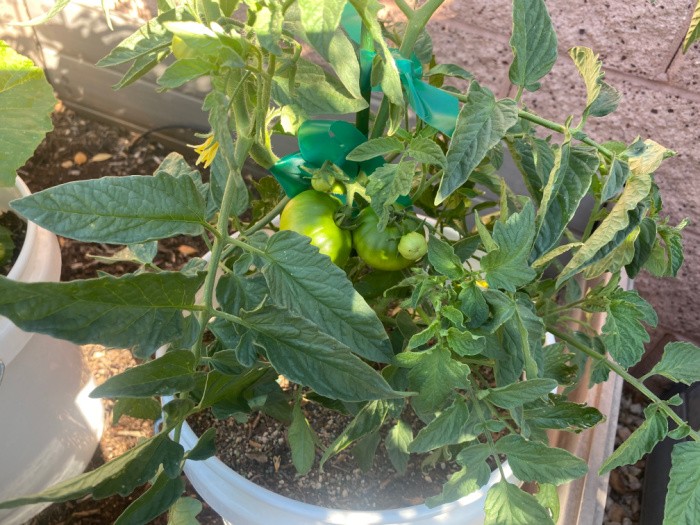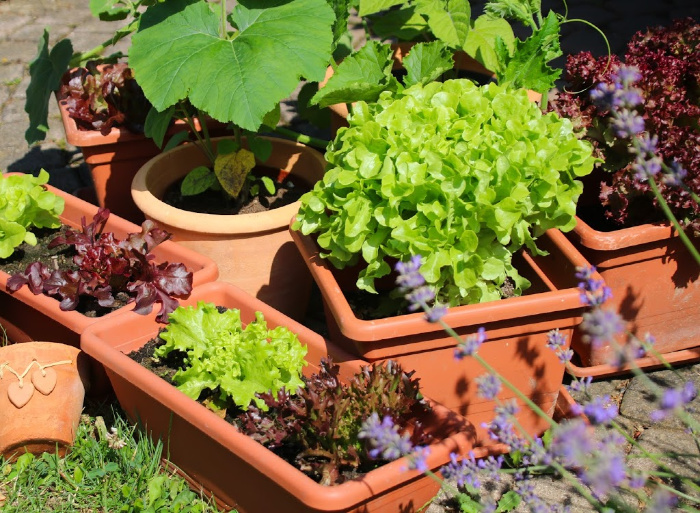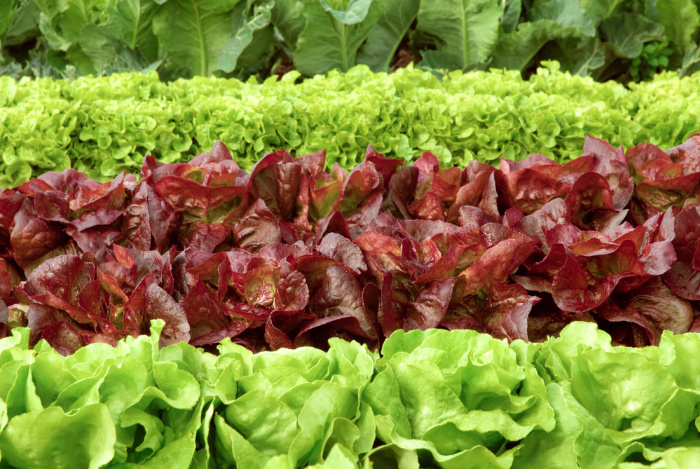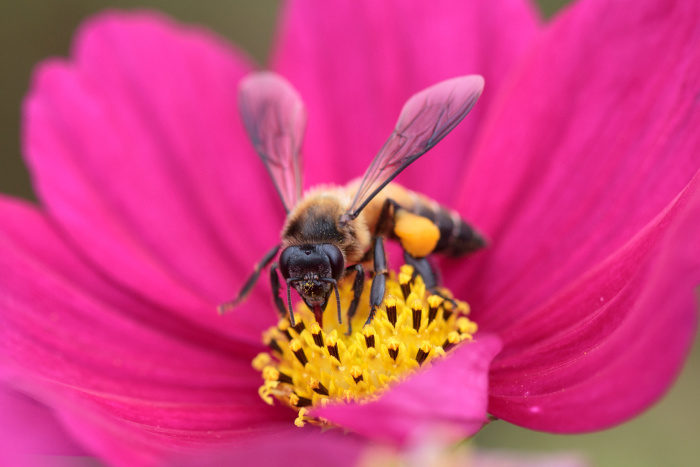Lemon Trees: What You Need to Know
Let’s talk about lemon trees: what you need to know. When life gives you lemons, make lemonade! After all, everyone loves drinking lemonade on a hot summer day, so instead of waiting for lemons to fall out of the sky, or buying them at the grocery store, why not plant your own lemon tree in your backyard?
They’re super easy to grow and require little effort on your part. Not only do you get to enjoy eating them, but they add a citrusy aroma to your yard.
Have I mentioned that lemons are really good for you as well? So here’s what you need to know about the differences in lemon trees and how to grow them.
In case you missed this post, Lemons: Everything You Need to Know
Which Lemon Tree Do I Choose?
Eureka Lemon
The Eureka Lemon tree is amongst one of the favorite choices when it comes to choosing the right lemon tree. The growing process is almost effortless on your part, and it can handle more difficult growing conditions. They produce an abundance of fruit so that you’ll be drinking sweet lemonade in no time.
The tree itself will reach a height between 12 and 15 feet when grown in the ground, but it will stay small in a pot if you prune the roots and foliage about every 5 years. The Eureka lemon tree also doesn’t need to be sprayed with any chemicals because it isn’t prone to diseases or pests.
Meyer Lemon
The Meyer Lemon is an excellent choice, while offering you sweet and citrusy lemons, along with the convenience as one of the easier fruit trees to grow. It’s also known to be versatile, whether you plan on growing it indoors or outdoors.
It’s not the type of lemon that you find at the grocery store, simply because they bruise easier because of their thin skin. In fact, you’ll be surprised by how much better they taste than what you’ve been accustomed to.
The Meyer lemon is delicious in a juice, flavoring, and in desserts. The tree itself reaches between 10 and 15 feet in height, slightly smaller than most other lemon trees.
Limequat Citrus
Okay, so the Limequat Citrus may not actually be considered a lemon tree, but it’s still part of the citrus family, so I thought I’d throw this one in there for you. It’s a citrus hybrid that’s a cross between a lime and a Kumquat tree.
They produce smaller fruit, yellowish-green in color, and slightly oblong shaped. You’ll notice a sweeter flavor with them, kind of like an orange and lime, but there’s a tart finish to it.
You can add their juice to meals for that savory zest you’re looking for, or add them to drinks for tangy freshness. The Limequat citrus tree reaches a height right around 10 feet.
Growing Indoors
If you decide to grow your lemon tree indoors, the only thing you’ll need to worry about is getting your tree at least 4 to 8 hours of sunlight each day. You can do this by placing it next to a south-facing window that gets plenty of sunlight.
Just make sure that you choose a larger container that’s about twice the size of what your lemon tree originally came in. If you’re looking for a way to improve drainage, place a 2-inch layer of crushed stone at the bottom of your pot.
Growing Outdoors
The best time to plant your lemon trees is during the spring when it’s not too hot, nor too cold. But you also need to keep in mind what growing climate you live in too. Find a spot in your yard that receives a fair amount of sunlight, but not too much.
When you go to dig your hole, make sure that it’s at least twice the width of its roots. When it’s time to plant, loosen up the tree’s roots, and put at least 2 inches of compost on top of the loosened dirt.
Once you’re done planting, make sure that you water your tree well. It’s not required, but spreading mulch on top of the soil is a great way to keep moisture in.
How to Care for Your Lemon Trees: What You Need to Know
Watering
Lemon trees don’t need a lot of watering, only about once every week, or biweekly. This also depends on how much rainfall your area receives, or the humidity in your home. If you’re in doubt about whether it’s time to water your tree, check the top 2 inches of the surrounding soil. If it’s dry, it’s time to give it a good drink.
Fertilizing
When it comes to fertilizing your lemon tree, plan on doing so about every 4 to 6 weeks, starting from February to August. When choosing the right fertilizer, look for one that’s considered a “nitrogen-rich blend.”
Pruning
You can prune your lemon tree as needed to maintain your lemon tree’s shape. Remove any branches that are growing towards the trunk instead of outward, along with any other branches that get too long.
Not only do you prune your lemon tree to make it look nice, but it also allows for good airflow and sunlight to reach the inside of the tree.
Pest and Diseases
Unfortunately, there are pests and diseases that can get in the way of you enjoying your lemon tree, but fortunately, they’re easy to treat. Make sure that you purchase an organic natural solution that you can treat without harming the surrounding ecosystem.
Harvesting
Most lemon trees take around 2 to 3 years to produce fruit. If you’ve planted it from a seed, it may take up to 3-6 years. Now it’s time for the best part. Picking your lemons.
They’re ready once they’ve turned yellow, or yellowish-green on their skin. Lemons are usually ripe about 4 to 12 months after they’ve flowered.
Final Word
Lemon trees are incredibly easy to grow, even if you’re more prone to killing plants. They provide you several benefits in your yard as well as for each one of your family members.
If you’re considering planting a lemon tree in your garden or yard, what do you plan to do with your lemon harvest once it’s ready? I’d love to hear from you. Tell me what you think about lemon trees: what you need to know! May God bless this world, Linda.
Copyright Images: Lemons on wood AdobeStock_136957841 by Magdal3na





















I’m trying to grow a lemon tree in a huge pot in my south-facing sunroom. My husband is Greek and likes lemon juice on everything, so I thought, why not give it a try? I saw the “stick” that was supposedly a Meyer lemon tree at Tractor Supply and within three months, it has sprouted three branches and is growing like crazy. So crossing my fingers it will actually produce lemons in a few years!
Hi Laura, oh my gosh, that’s the lemon tree I want! My daughter has a Meyer Lemon Tree in California!! I going to try the pot this year or next spring and bring it inside if I have to protect from the frost. How fun, thanks for sharing!! Linda
Ah – I would love to live in an area where I could grow my own citrus or a place that I could grow some indoors like Laura K!!
I have a nephew in California who has lemon, lime and orange in his back yard. They produce heavily but I don’t think he and his family do anything with them. I visited one time and it was such a joy to be able to go out in the yard and pick fresh fruit for breakfast or for meals. His wife was not much of a cook so she didn’t use them and his sons don’t either.
So, I have True Lemon and True Lime on my shelf!! That is how I get my lemon/lime fixes! LOL!
Hi Leanne, I’m going to try and grow Meyer tree, fingers crossed. I love True Lemon and True Lime! Yay, for those packages! Linda
You did not mention the concern about a touch of frost. Will any lemon variety survive a light frost? We live in South Austin, TX and don’t usually have a hard frost but some years we may experience 30 degrees one or two nights per winter. Any advice?
Hi George, oh my gosh, I have a sister that lives in Austin, Texas! I know people bring their Meyer Lemon trees inside in case of frost. I’ll let you know if it works, I will be planting mine in a post with heavy-duty wheels. Linda
Great info. Our lemon tree is loaded with fruit (tree came with the house). Looking forward to harvesting them. I did learn the hard way, the fruit is protected with some pretty sharp thorns along the branches .
Hi Ron, oh, how exciting to have a lemon tree!!! I love it! Linda